What is Advanced Protection Logic (APL)?
Honeywell's Advanced Protection Logic, more commonly known as APL, is an advanced server routing logic that is designed to protect a Honeywell all-in-one wireless system (such as the LYNX Touch L7000/L5210 or Lyric) from a break-in where the intruder destroys the security system during the entry delay period, before an actual alarm is ever activated.
While traditional security systems house the main "brains" of the system (the control panel) in a metal alarm cabinet which is usually installed in a basement, laundry room, utility closet, etc) and then utilize keypads, sensors, communicators and other devices that all wire back to the control panel, newer all-in-one type security systems (like the LYNX Touch and Lyric systems) put all of the components of the system (control panel, keypad, battery backup, alarm communicator, siren, wireless receiver) into one self contained unit that mounts to the wall. All-in-one systems are very popular these days because they are much easier to install and tend to offer more of today's new security features (remote system control, touchscreen display, Z-Wave integration, IP and/or cellular communications, etc) at a lower cost compared to a more modular traditional system. However, as the control panel (and alarm communicator) is located by the main entry to the home with the all-in-one design, there is a security risk that an intruder could break-in through a delay door (a protected door that has a delay so that the valid alarm users can enter the property without setting off an alarm) and destroy the entire unit before an actual alarm is triggered. Without APL logic, this would be a huge flaw in the system design and for good security, the all-in-one system would need to be installed in a remote location which would be less user friendly.
Fortunately, Honeywell built the APL logic into their servers so that if a break-in of the type described above happens, an alarm is still transmitted to the central station. The way that APL works is that a "door open" signal is sent to the Honeywell/AlarmNet servers as soon as the delay door is open. As the door may be opened by a valid user coming home or an intruder, the servers don't act on that signal and simply hold it while waiting for a period of time that equals the programmed entry delay period plus any programmed dialer delays (Alarm Grid encourages no dialer delays for maximum security) plus an additional 75 second APL delay (to account for signaling transmission times). If at the end of that full wait period, no alarm or disarm signal was received, logically the panel must have been destroyed and therefore, the servers send down the original "door open" signal as a regular door alarm to the central station to be acted upon. If a disarm did occur, the servers ignore the "door open" signal and just transmit the disarm and if an alarm did occur, the servers just send down that actual alarm signal as a regular alarm to the central station.
APL logic won't protect your LYNX Touch or Lyric system from being destroyed during a break in (there's no way to stop an intruder from breaking anything in the home once they've gotten in) but it will make sure that a break-in of this type still generates an alarm so that you and the proper authorities can be notified.
Please note that while APL is supported on some systems that offer phone line communications, APL will only function when an AlarmNet IP and/or cellular communicator is installed, activated and online. APL will not function through the phone line path as the AlarmNet servers need to be involved for the APL logic to get an alarm to the central station. Also, APL does not work if you have a service plan that doesn't include central station service as APL does not report alarms to Total Connect 2.0 service and only sends the alarm from AlarmNet's servers to a central station for dispatch purposes. Also, if you have a Honeywell LYNX Plus system, APL is not supported.
Did you find this answer useful?
We offer alarm monitoring as low as $10 / month
Click Here to Learn MoreRelated Products
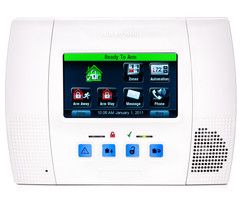
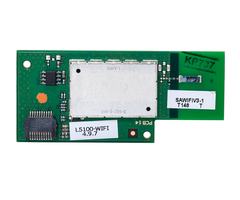
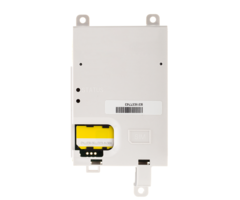

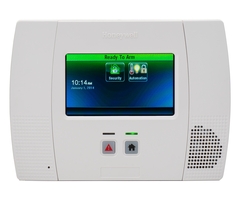
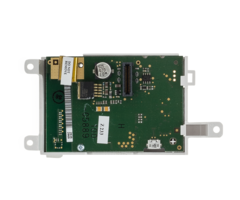
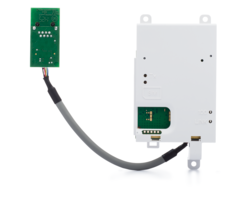
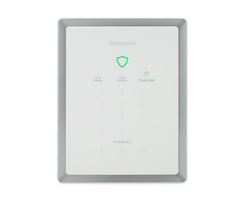
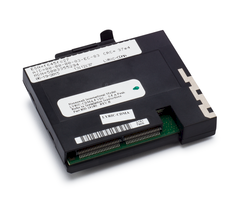
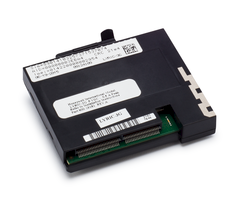
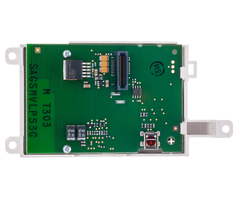
Related Categories
- Wireless Alarm Systems
- Wireless Alarm Control Panels
- Internet Security Systems
- Cellular Security Systems
- Cellular Alarm Communicators
- Internet Alarm Communicators
- Dual Path Security Systems
- Answered
- Answered By
- Sterling Donnelly
